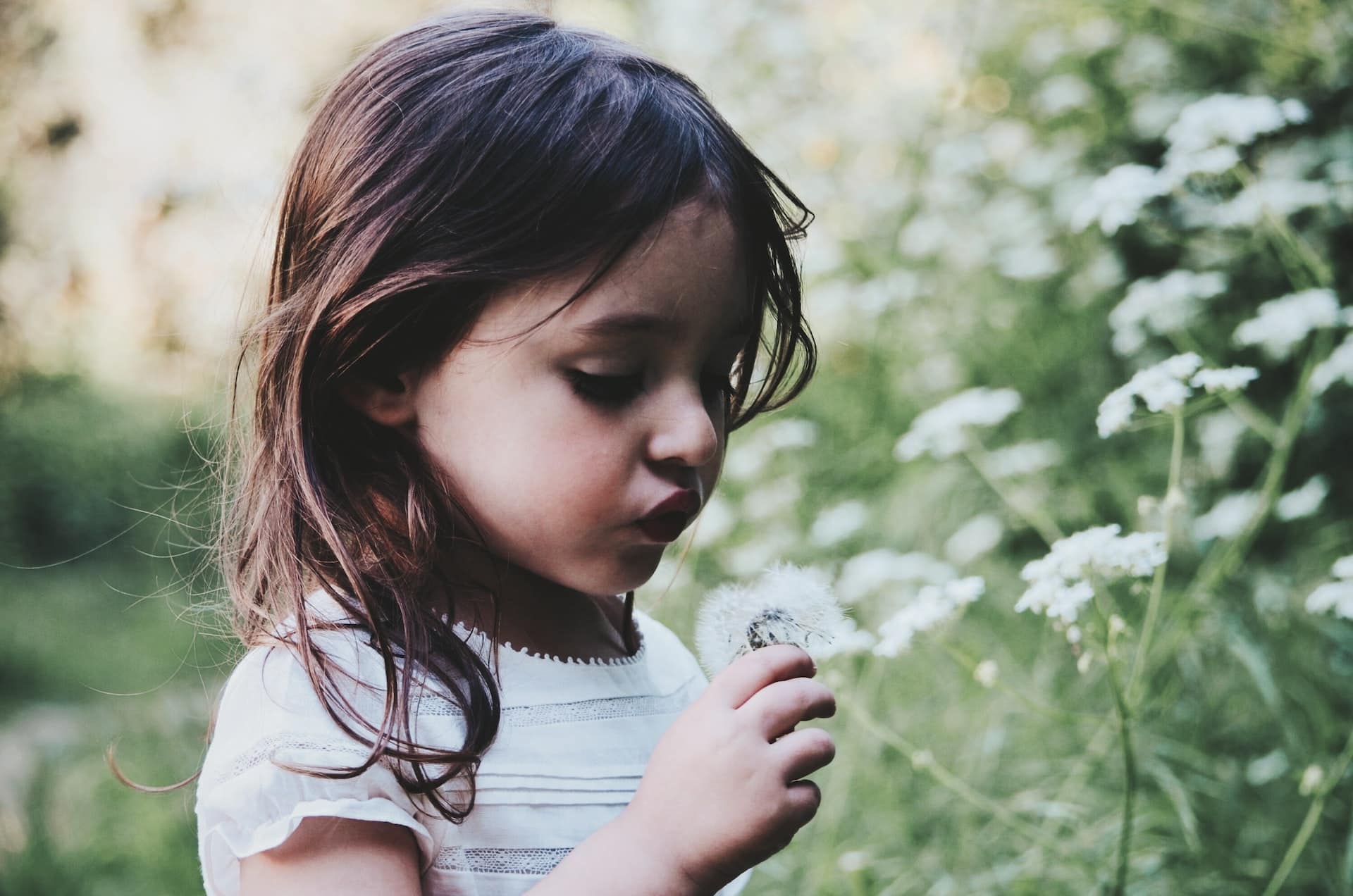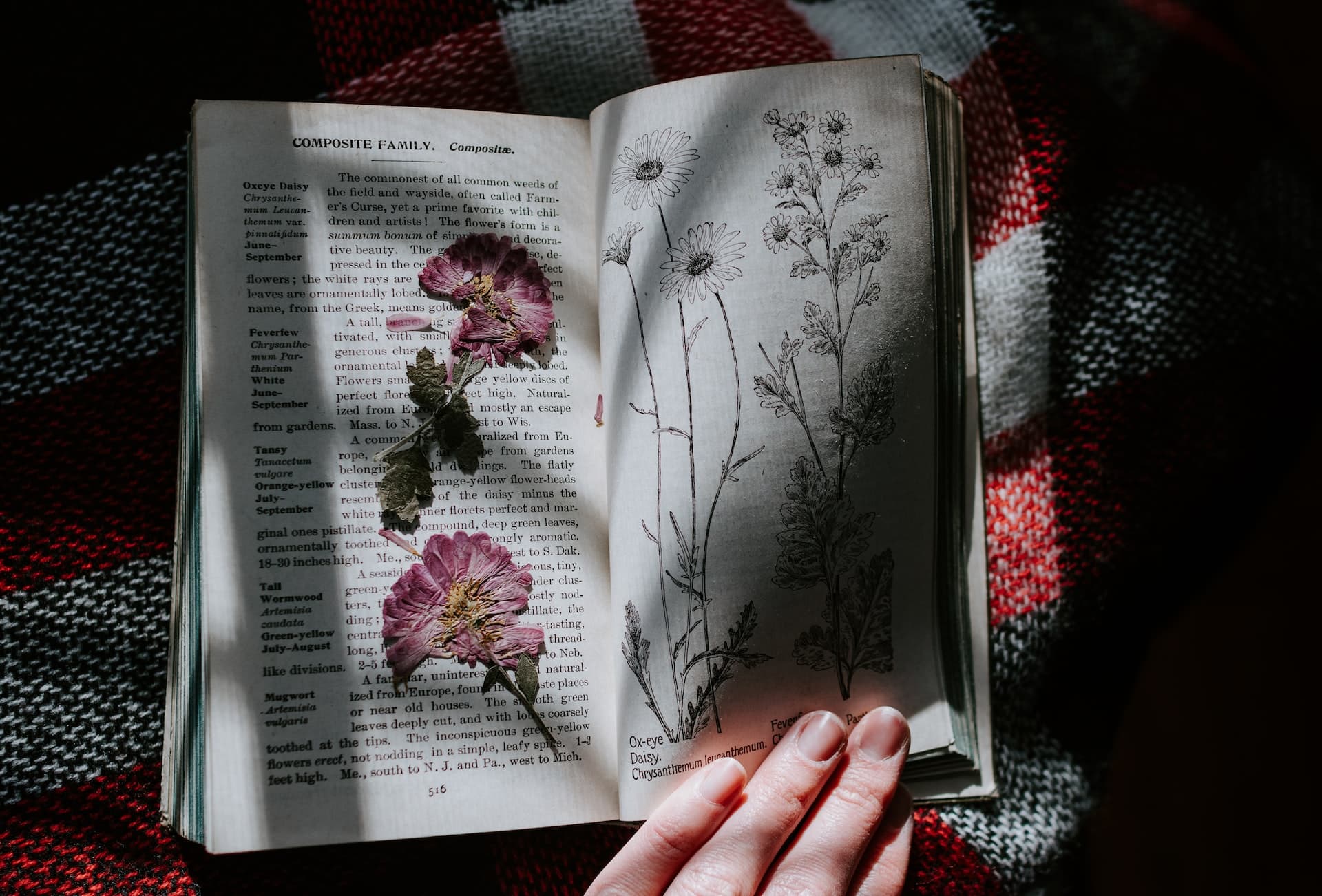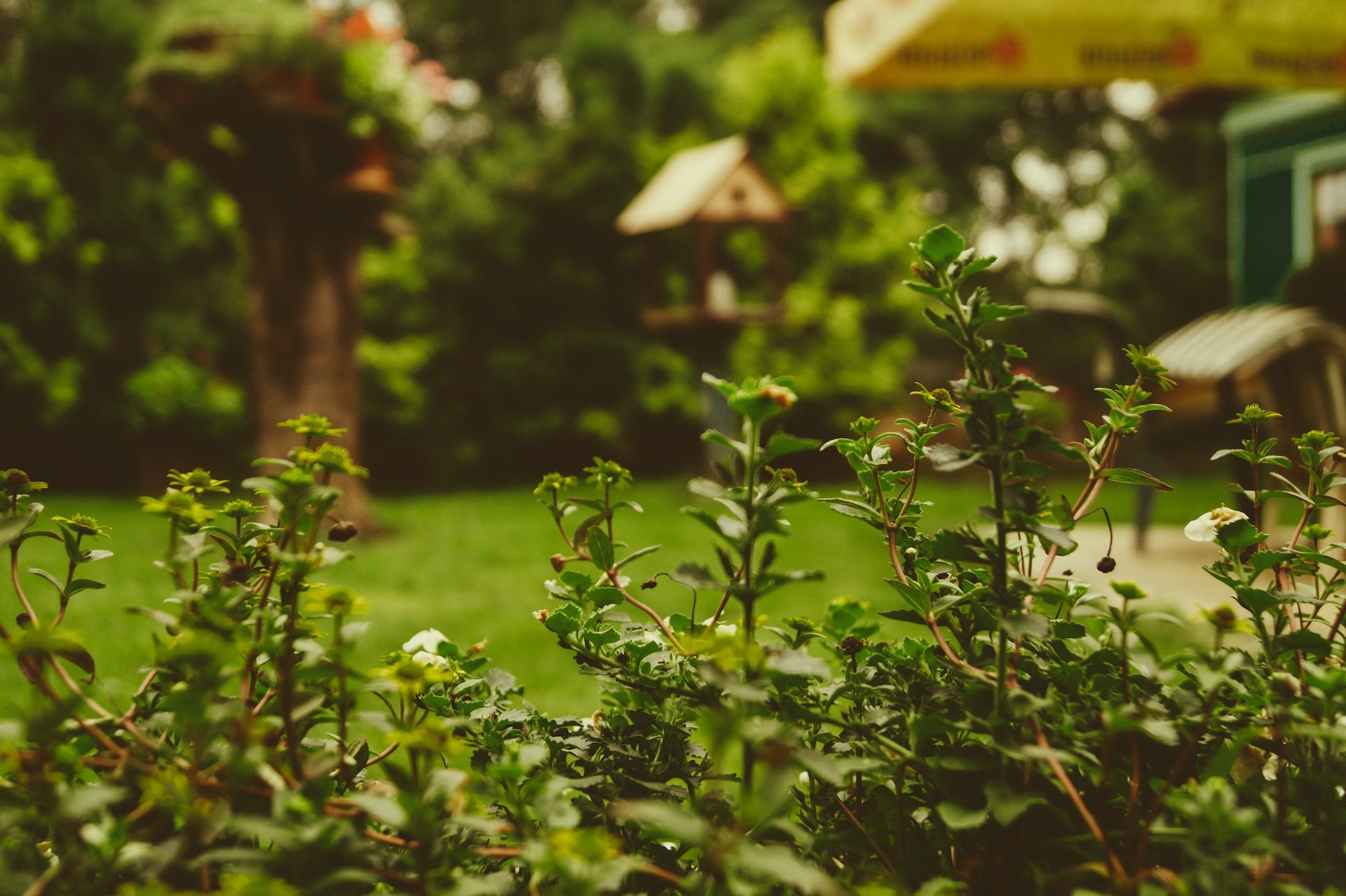Do you and your kids love science? We do at our house.
In fact, several of our kids have expressed this love by completing further studies in science in college. One son currently works in a Lab at Columbia University with his Biology degree and one daughter is a Biology major who minored in Theology at Benedictine College. She is now in a fully funded professional horticulturist program at a world renowned botanical garden.
To foster a life-long love of science in children, begin with what is most natural to young minds, the natural world that surrounds their daily life.
Did you realize that there is a wide diversity of flora and fauna in our very own back yards and neighborhoods?
It is the perfect learning environment.
However, this means spending time outside, playing in the backyard, planting, digging, and climbing trees!
Yes, all of these are perfect activities for discovery and count as real schoolwork! Kids are naturally curious and spending time outside will undoubtedly generate a plethora of, questions to be answered, and interests to explore.

One of the coolest things God has done is to make this world discoverable!
He gave us this capability by giving us the ability use our senses and our minds, to observe, to imagine, to analyze and to process. What many present-day scientists fail to do is to give thanks to God. They pridefully attribute every scientific discovery to themselves and often hold themselves above God the creator.
Not everyone needs to love science, nor all the subjects within the study of science.
For example, I and several of my children are not big fans of insects especially anything poisonous or dangerous! However, even our fear of these creatures does not dissuade us from studying them or finding something truly remarkable about them.
Why?
I truly believe it is because science and in particular, natural science, gives us a close connection to God the creator. It is not the goal of science to prove God’s existence. The creatures and the natural world we study behave the way they do because of their obedience to its created nature.

You the homeschool parent is often learning alongside your child.
There is no need to be an expert.
Just having a bunch of reference books on hand is sufficient. Our own family library is filled with tons of nature guides, such as, the Golden Guides, the Handbook of Nature Study, the North American Wildlife guide and a multitude of regional bird books. One of our bird books even plays bird songs.
All of our collected reference books have become our “go to books” to help us identify what we have observed or discovered in our very own backyard. Many of these guides are arranged so that objects are classified and grouped, providing a ready model for you and your children to follow.
It is the natural extension of discovery to want to learn more. Modeling for children how we can effectively use reference materials is a valuable life skill, one that will be tremendously helpful in a multitude of other subjects and future study.

Do you need a science textbook?
You will see an evident and deliberate lack of science textbooks recommended by me for the early years of science. I encourage you to explore your natural surroundings before you endeavor to study science in any formal way. This way, we respect the dignity of the child by engaging him in age appropriate activities that draw them towards awe and wonder of the created world.
Each day can easily present new and wonderful opportunities, such as sketching in a blank book the rainbow in the sky after a rainstorm. On a brilliant, crisp, fall day, do leaf rubbings together after collecting as many different kinds of leaves as you can find. The children can identify the caterpillar they gingerly carry home to show you what they found, or perhaps it happened to crawl into their laps as they played in the garden.
Our home is filled with books on plants, birds, butterflies, insects, pond life, the seashore, the stars, and so much more of God’s glorious world. This is how we teach our own children. Take time to explore, discuss and delight in the formative years and you will be laying the groundwork for higher level questioning and analyzing, by having had a rich and intimate experience with the natural world around them.
Here are a few of the must haves, rich in ideas we have used with our own children, just click on any title to see the full descriptions:
Nature Portfolio (complete with notebooking pages, a parent’s guide, copy work and more!)
The Nature Connection: An Outdoor Workbook for Kids, Families
Collecting these resources can be fun, and make great gifts for all occasions. That is how we have built our treasured family library over the years. In fact, as my children are now older and have left the nest, they have taken their favorites with them, and now my grandchildren delight in our nature and science books too!

TOP 4 TIPS:
Over the 25 years of homeschooling and coaching hundreds of families, I have compiled my TOP FOUR TIPS, which I am so happy to share!
TIP#1: Collections
Kids are natural collectors and classifiers. Encourage this!
Use this natural desire to have them make a collection. They can collect:
- one of each of the leaves from all the trees in your garden,
- press samples of flowers that grow in your garden,
- keep a bird spotter notebook where you can list all the birds that fly into your backyard, or play a game called “name that birdsong”.
Not only will you have a lovely keepsake of their discoveries but you can encourage them to take out their collections and talk about them to family and friends.

TIP#2: Keeping Nature Journals
Journaling is a common way that scientists record their observations, post questions they want to answer at a later time and list their everyday discoveries.
However, not all my kids like to keep nature journals, but all of them love to name and identify what they find. There are a variety of ways to record discoveries and observations. For example, taking pictures and making a scrapbook, coloring in nature coloring books whereby the student tries to match the colors of what they observe can be a great alternative.
Some of my kids felt frustrated if they’re nature drawings didn’t look real. Oftentimes just by being young they simply did not have the fine motor control skills to make their images look realistic. Even when I encouraged them by not expecting perfection they still wanted their images to look more three dimensional.
I found that it was perfectly okay to use line drawings made by others as the base and had them work on coloring in these images. This way they were still using their observational skills. The important criterion was for them to take notice of the details. You can cut and paste images and take notes too!

TIP3#: Bug Jars, Magnifying Glasses and Discussions
Homemade bug jars, especially in the summertime, are great for discovering up close at the natural world. Keep a big magnifying glass on hand so they can look really closely at whatever critters they’ve collected.
Always use these opportunities to have them verbalize what they are looking at. You can help foster a deeper level of discovery by the questions you ask them. You can ask about size, shape, coloring, and location where they found the item, as well as anything that naturally comes to mind.

TIP#4: Science Documentaries
Watching nature documentaries are often amazing, especially when they take you to the places you would never go, like the Arctic.
This can be a great supplement but it can’t take the place of getting close to the awe and wonder of the glorious world that surrounds our children.
We are sensory beings we need to touch, feel, smell, and see nature close-up and real.
I will also add that you should take care and respect the natural age appropriateness of the documentary, as a lot of nature is very violent and some documentaries like to use their films as a bull horn for their own agendas. Perhaps you have watched something wonderful and family appropriate. I’d love to have you share…


I have been a city girl all my life and am sad to say I know so little about identifying and classifying leaves, flowers, even finding the names of birds I see (beside the typical pigeon and duck). How do I identify and classify what we see in the city (parks, neighborhoods, etc) quickly and accurately, so I can then share this with my preschool son?
“We are sensory beings…” This pinpoints why being outside is so needed and refreshing, but I didn’t know why exactly. It’s a lovely thought.